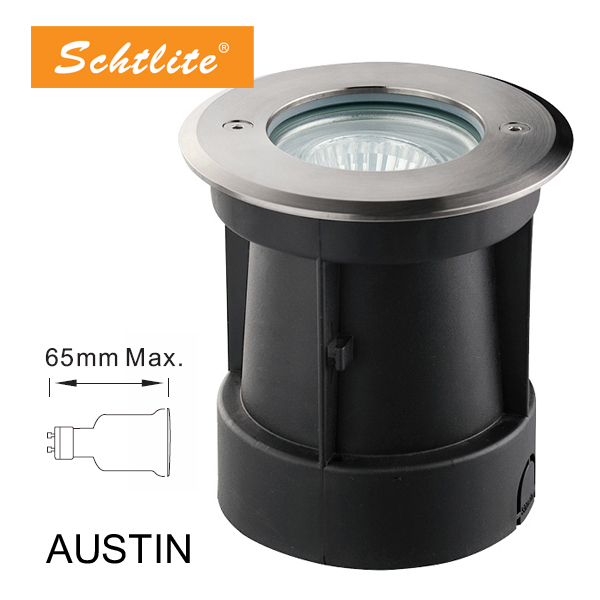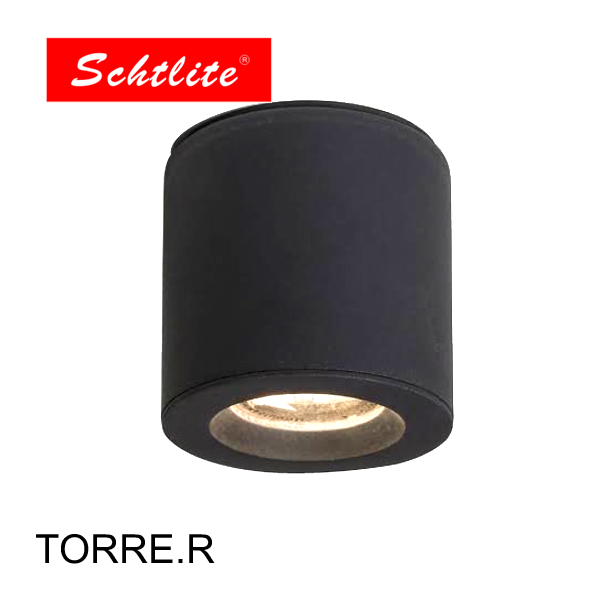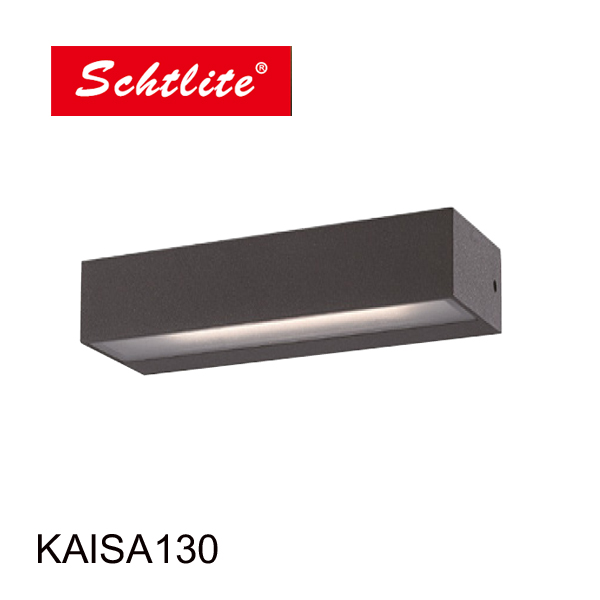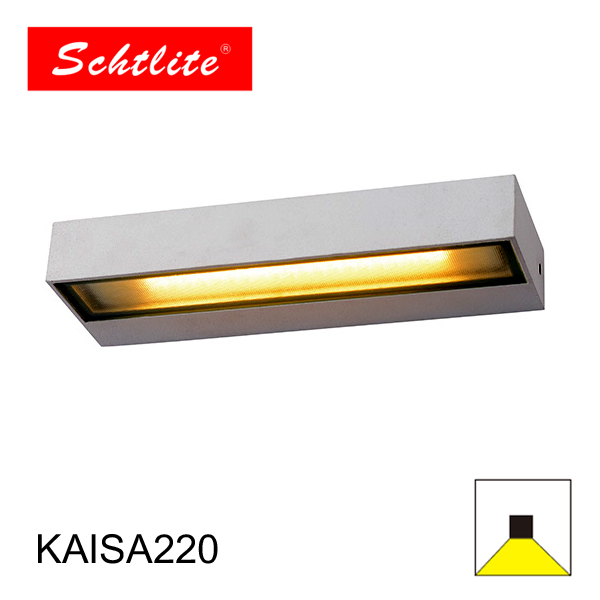Underground light differs from regular lighting systems in several ways:
1.Placement: Underground lights are specifically designed to be installed below ground level, either partially or completely. Regular lighting systems, on the other hand, are typically installed above ground or at eye level.
2.Lighting Effect: Underground lights are primarily used for accent lighting, highlighting specific architectural or landscape features, pathways, or driveways. They create a subtle and dramatic effect by casting light upwards from below. Regular lighting systems, such as overhead or wall-mounted fixtures, are more commonly used for general illumination and task lighting.
3.Design and Construction: Underground lights are specifically designed to withstand the pressure, weight, and potential exposure to moisture or water underground. They are typically constructed with materials that are resistant to corrosion and can handle the load from vehicles or pedestrians. Regular lighting systems are designed for above-ground use and may not have the same level of protection or durability.
4.Installation: Installing underground lights involves digging trenches or creating cavities in the ground for the fixtures to be placed. It requires proper wiring and waterproofing to ensure safe and reliable operation. Regular lighting systems can be installed using various mounting methods, such as brackets, poles, or surface mounting, without the need for extensive excavation.
5.Visibility: Underground lights are designed to be low-profile and discreet, with the focus on illuminating specific areas or objects rather than being visually prominent. Regular lighting systems, especially those used for indoor spaces or outdoor security lighting, are often more visible and can serve as design elements themselves.
6.Protection and Safety: Underground lights are designed to be protected from accidental damage, such as from vehicles or heavy foot traffic. They are typically installed flush with the ground or with minimal protrusion. Regular lighting systems may be more exposed and susceptible to accidental damage or vandalism.
7.Environmental Considerations: Underground lights are often designed to be energy-efficient and environmentally friendly. They may use LED technology or other energy-saving features to minimize power consumption and reduce environmental impact. Regular lighting systems can vary in terms of their energy efficiency and environmental footprint, depending on the type of bulbs and fixtures used.
Overall, underground light offers a unique way to enhance the aesthetic appeal of architectural and outdoor spaces, creating captivating visual effects and emphasizing specific design elements.








